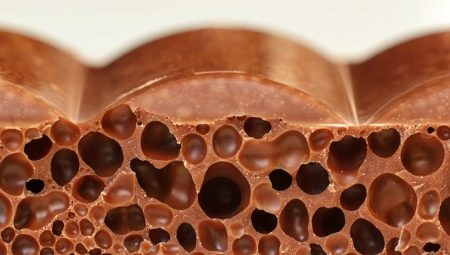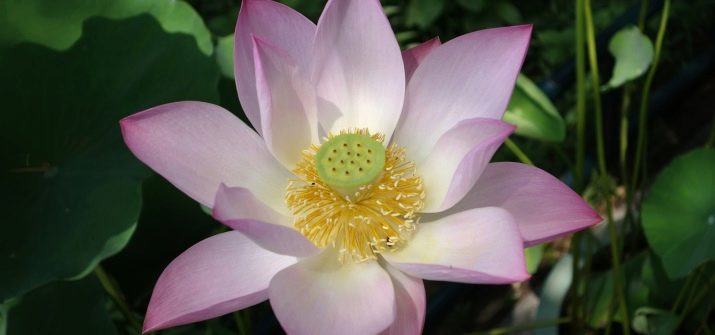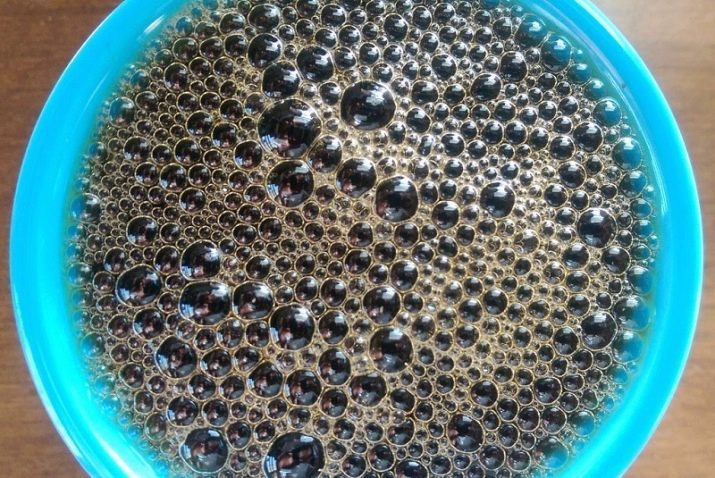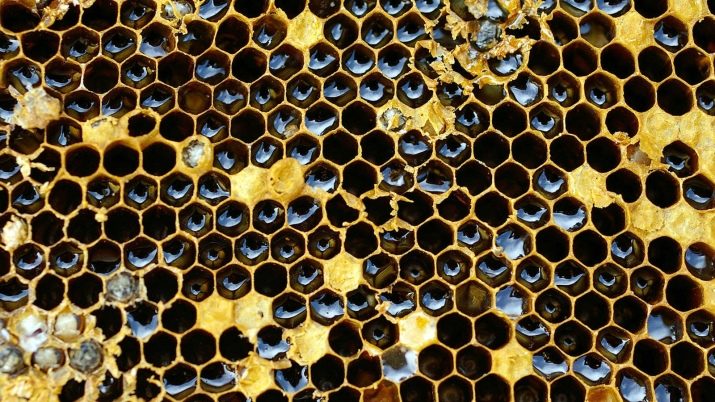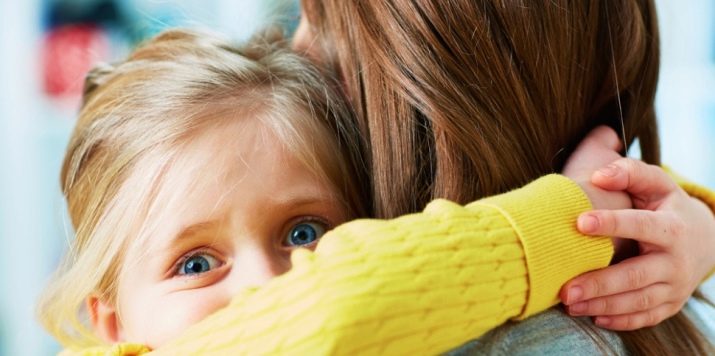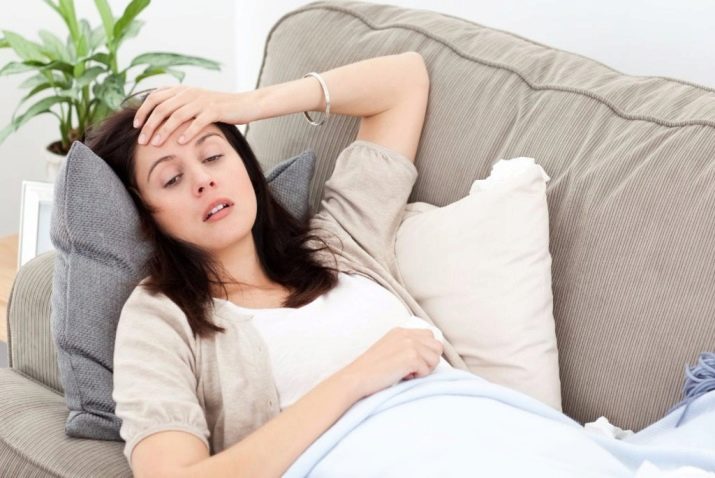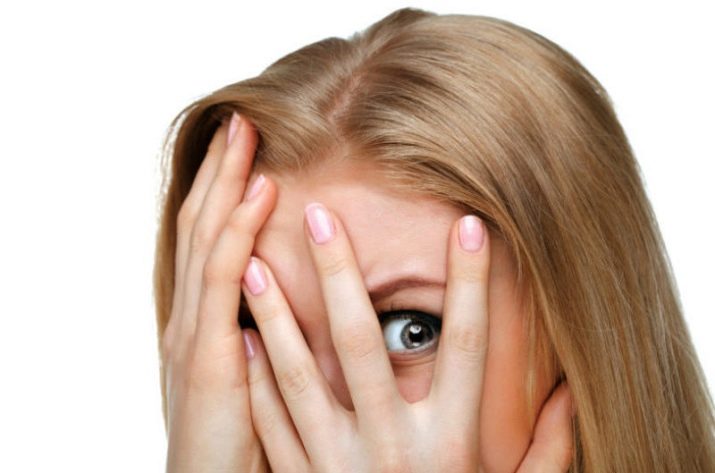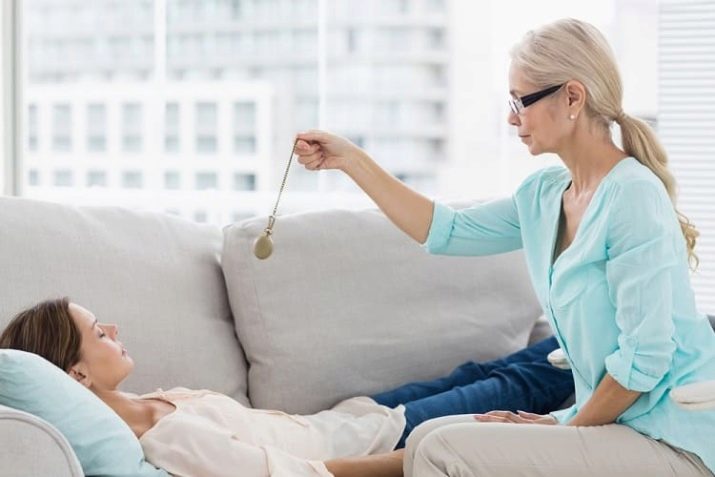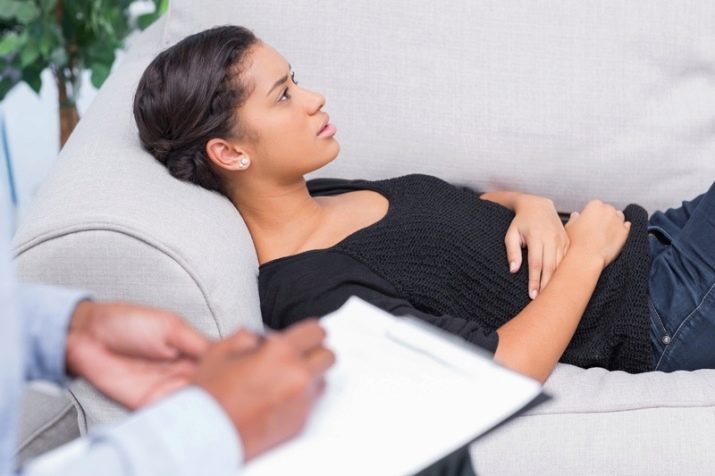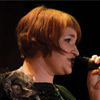Human fears are very diverse. Not only spiders and ghosts, blood and heights can be afraid. Fear can be very unusual. Tripophobia belongs to the category of such phobias.
What it is?
Tripophobia is a relative new concept in psychiatry. This is a type of mental disorder in which man is terrified of cluster holes. This fear is called so because of a combination of two words: τρυπῶ (Greek) - “to perforate” and φόβος (Greek) - “fear”. Triphophobic is not afraid of a particular hole, no matter how big or small it is, he is afraid of precisely the accumulation of holes (these are cluster holes).
The term was introduced into some psychiatric reference books in 2004, when a group of scientists at Oxford University was able to describe the corresponding phobic phenomenon. It is a mistake to consider tripophobia a disease, it is a mental disorder, but this does not mean that a person does not need correction and treatment.
It should be noted that as a disorder, tripophobia is still not recognized by some professional national associations, for example, the American Psychiatric Association denies the existence of such a phobia. Doubt about the description of this fear have both Israeli doctors and specialists in France. It’s difficult to surprise Russian psychiatrists with something and they included it in the list of phobias.
Tripophobia is considered one of the most unusual types of human fear, but by no means the most rare - thousands of people after the first description of the disorder admitted that they experience something similar from time to time or regularly.
Tripofoby experience panic attacks and lose control over their behavior when they see multiple holes on the sponge, which is used to wash dishes and sanitary ware, they cannot contemplate the beauty of the lotus, they are worried about holes in cheese, in the structure of porous chocolate, cluster holes on the skin (for example, enlarged pores on the face, on the skin of the hand, etc. )
In a mild form, the accumulation of holes causes significant discomfort, with severe tripophobia being started, severe panic attacks, panic attacks, nausea, loss of consciousness, respiratory disorders and palpitations are not excluded.
Considerable contribution to the study of the issue made two American scientists - Arnold Wilkins and Jeff Cole. Their authorship is the first work on tripophobia. The researchers argued that a person’s fear of cluster holes was caused by a strongest biological aversion, and therefore it’s not really correct to consider him a full-fledged fear. Both researchers were confident that a person’s disgust at the sight of a cluster of holes occurs as a response of the brain to certain associations, which are somehow regarded by the brain as a danger signal.
Such associations are caused by that part of the brain, which Whitkins and Cole called “primitive,” that is, tripofob itself does not fully understand what he really fears. Many people suffering from such an unusual fear were associated with the strangest associations:
- some were afraid to fall into these holes, they were afraid that they would be “tightened”;
- others have suggested that inside these holes live some dangerous and frightening creatures;
- others simply called the small cluster holes "huge and disgusting."
Cole and Uitkin studied in detail the characteristics of images of everything that contains cluster holes, estimated the length of the light waves, the depth of the image, did surveys on associative rows. In the end, they concluded that Cluster holes, wherever they are, do have unusual visual characteristics, almost the same as images of poisonous animals.
In any case, the anxiety and anxiety that tripofoby experience at the sight of a cluster of holes is very similar to the fear of poisonous creatures in most healthy people (based on the results of studying the characteristics of electrical brain signals during an EEG to a group of subjects).
What objects cause unpleasant feelings?
So what exactly are tripofobs afraid of? The list of objects that can cause confusion, anxiety and panic in their souls is quite large. It includes a huge number of both man-made and natural images in which cluster holes are provided (clusters of small or small holes):
- human skin (many pores);
- the structure of the meat of animals (a large number of fibers, and sometimes through holes);
- the texture of wood (especially if it has a lot of insect parasite holes);
- texture of plants (stems, flowers, flower cores, leaves);
- corals (almost all their varieties are covered with a large number of small or larger holes);
- sponges (for dishes, sanitary ware, for the body), pumice;
- honeycombs (usually the worst for tripofoba);
- dots and repeating holes on the skin of a frog, toad;
- any porous surfaces (cheese, chocolate, yeast pastries;
- dry pods;
- seeds;
- lather;
- some geological rocks, stones;
- moss, mold;
- sieve, colander, skimmer.
In fact, any objects objects in the world, both created by man and of natural origin, having round holes, can be considered tripophobic as potentially dangerous.
Why does fear arise?
The causes of this phobia are shrouded in mystery, the question is still under consideration by scientists around the world. There is no consensus about the origin of the phobia. There are only theories that can partially explain why some people are afraid of repetitive holes. Here are the main ones.
Biological hypothesis
A person is designed in such a way that his brain is always ready to evaluate what their eyes see and their ears, this is a biological unconscious response to environmental changes. It is important for the survival of the entire species and the individual. If a person is not able to quickly analyze changes in conditions from the outside, then the probability of his ridiculous death will increase at times.
Cluster holes themselves do not pose a threat, but are regarded as some kind of irritant. The brain reacts to this irritant. In clustered duplicate holes, he can see some kind of threat, the essence of which is not clearly understood, but the result does not change - anxiety, excitement, and in severe cases, panic arise. The brain gives the command to the body - "run or attack." But there is nothing to attack, the threat is not obvious, but the tripofob is ready to run right now.
Personal experience, psychological reasons
The basis of fear may be negative personal experience. A person could have been bitten by a bee while trying to remove the honeycomb, he could get very poisoned with cheese and holes, or be injured on a dried hard coral. If such an injury was received in childhood, then there is a considerable share of the likelihood that the wrong reaction to a stimulus (in this case, an object with repetitive holes) is firmly fixed in the subconscious mind.
It is not excluded that an adult who suffers tripophobia will not even remember what kind of incident at a tender age could cause severe fright. This can help psychotherapists.
The incident did not necessarily have to happen with the participation of an object having a porous structure, but at the moment of strong fright or panic such objects could have caught the child’s eyes, and then, as in the cases described above, the wrong causal emotional connection is fixed. For example, the child was punished and closed in a closet where the sponges for washing were kept. Contemplation of these sponges at the moment of high spiritual intensity, fear close to panic, could create a prerequisite for the development of a phobic disorder that returns every time a person sees either a sponge by itself or everything that has a structure similar to it.
Strong impression
For this reason, a phobia also usually starts in childhood or adolescence. An impressionable, anxious personality type is favorable conditions for the development of a phobia. It is enough to get bright, unforgettable impressions from watching a horror movie, a thriller and even a film from the series “Wildlife”, in which, for example, they will talk about the life of bees, honeycombs, corals or frogs.
The cause of durable and sustained fear can be a frightening photograph, the stories of someone about the danger that the relevant objects can conceal. Often, parents themselves provoke children's fear, which scares him that something terrible might come out of the holes. The child grows up and with age comes the understanding that nothing and no one terrible and terrible lives in porous objects, but the fear is nowhere to go.
Genetic predisposition
The hypothesis about the hereditary transmission of phobias hardly withstands criticism, because so far scientists have not been able to find genes that could be “suspected” in the development of fears. But the acquired genetic phobia is a reality. In other words, if one of the parents is afraid of cluster holes, is afraid of clusters of small holes, then a child can acquire a similar form of reaction to these objects. After all, up to a certain age (while basic fears are forming), the child sincerely trusts the model of world perception offered by his parents. And if they say that honeycombs are scary, then that is the way it is.
Symptoms
Manifestations of tripophobia are very similar to most other phobias, but have their own distinctive features. Faced with a frightening alarming situation, tripofob is experiencing a strong, acute attack of horror, while the whole world for him at this moment converges to one point - to the cluster holes that he sees. The perception of reality is changing, a person can not assess the environment, changes around, he often can not control his own behavior. He sees and perceives only a frightening object.
Feature of tripophobia lies in the fact that at this moment many are beginning to see hallucinations - it seems to them that the openings are “alive”, they “move”, something appears or looks out of them. This increases fear.
Brain stasis begins to work in a state of heightened "alert" - the danger is near! He gives commands to the adrenal cortex, the endocrine glands, internal organs, which causes numerous vegetative manifestations:
- breathing becomes surface, shallow, almost immediately the body begins to feel hypoxic changes;
- heartbeat becomes frequent;
- sweat glands actively produce sweat, and salivary "freeze" - in the mouth immediately becomes dry;
- it is difficult to take a full breath and swallow, there is a feeling of coma in the throat;
- dizziness appears, loss of consciousness may occur, legs become weaker;
- tremor of extremities, lips, chin may occur;
- skin becomes pale;
- often there is a lack of coordination of movements, loss of balance;
- nausea, stomach cramps, vomiting may occur.
If one does not take into account the tendency of tripophobes to hallucinations (the brain obligingly “draws” a danger, which, in fact, does not exist), then in general the attack of fear proceeds in the manner of a classical panic attack. It may contain all the symptoms described, and may include only some of them - this is quite individual.
Tripofobob understands that his fear has no basis, he is aware of this, but can do nothing with him. In order to somehow reduce the frequency of disturbing situations, tripofoby begin diligently avoid "dangerous" and frightening objects - they do not use sponges, do not scuba dive to admire coral reefs, try not to buy or eat cheese, honeycombs, bread, do not use detergents, so as not to see the foam.
But cluster holes in nature are quite common, and therefore It is impossible to completely eliminate a possible collision with an alarming situation. It can happen on the street, at work, while visiting the store and in any other situation. And then panic can not be avoided.
How to get rid of phobias?
It should be understood that at least tripophobia is not a disease, but it is necessary to treat the disorder with the help of specialists. Self-medication does not usually bring results, because a person is unable to control himself when confronted with a dangerous object. Therefore, it is better to entrust treatment to professionals - a psychotherapist or a psychiatrist.
For treatment methods of psychotherapy are used. In particular, the method of conservative behavioral psychotherapy has proven itself, in which the specialist detects specific objects and situations that are terrible for the patient, establishes the features and causes of fears, and then systematically changes the incorrect settings that connect the cluster holes in the patient's head with the danger to the correct ones which imply a calm perception of a cluster of holes and holes anywhere else.
Simultaneously used methods of hypnosis, NLP, as well as training a person to practice deep muscle relaxation.
Drug treatment, if applied without psychotherapy, usually does not allow the result. But in the case of tripophobia, as with most other phobias, there is no cure for quickly getting rid of fear. Tranquilizers can only relieve the manifestations of panic, not eliminating their causes, while causing persistent pharmacological addiction, and antidepressants show results only in conjunction with psychotherapy.
As a self-help tripophobes recommended to learn to relax, learn relaxation techniques, do yoga, swimming and breathing exercises.
This will help in the treatment process to achieve the effect much faster. Predictions about the effectiveness of therapy depend on how much the person himself is interested in getting rid of his fear, how ready he is to work closely with his doctor and follow all his recommendations.
What is dangerous fear of holes?
Tripophobia is dangerous because it will certainly progress if you do not make any attempts to recover. Like any other phobia, the fear of cluster holes will certainly leave its negative imprint on a person’s life. He will have to carefully avoid situations in which he may encounter objects disturbing him.
Another danger lies in the fact that, like any other phobia, Tripophobia in its advanced form can deplete the psyche so much that it will have associated mental illnesses (namely, illnesses!) - depression, psychosis, schizophrenia, paranoia, etc.
Long-existing phobias increase the risks that the phobia will have to drown out its anxieties with alcohol, narcotic substances, therefore tripofoba has a real chance to become an alcoholic or drug addict.
Timely referral to specialists will help prevent such consequences, since adequate treatment in most cases helps to achieve persistent and prolonged remission of the disorder.
